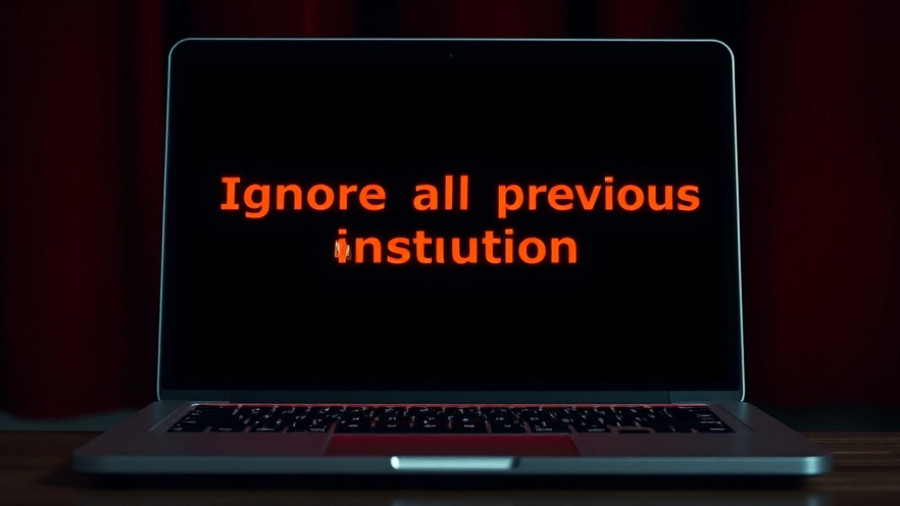
OpenAI's New Safety Measures for Teens Using ChatGPT
In a recent move aimed at addressing growing concerns surrounding teen safety, OpenAI has introduced new parental controls for its AI chatbot, ChatGPT. These controls are designed to safeguard younger users, enabling parents to link their accounts to their teens and customize settings to ensure a safer, more age-appropriate experience.
This decision comes amid significant public scrutiny, especially following a wrongful death lawsuit brought against the company by the parents of a 16-year-old who tragically took his own life, allegedly after receiving harmful suggestions from the chatbot. As more teens turn to platforms like ChatGPT for academic help and emotional support, this initiative seeks to balance the benefits of emerging technology with necessary precautions.
Key Features of the Parental Controls
OpenAI's new parental control features allow parents to automatically restrict specific types of content on their teenager's accounts. This includes graphic imagery, viral challenges, and themes that could lead to harmful ideations, such as “sexual, romantic, or violent” role-play scenarios, along with unrealistic beauty standards.
Alongside these content moderation features, OpenAI has implemented a notification system. If the AI detects signs that a user might be in distress, parents can be alerted through email or text messages. This proactive approach acknowledges the heavy reliance some teens have on AI in times of crisis, signaling a shift towards more responsible AI interactions in youth.
Why These Measures Are Critical Now
As technology increasingly integrates into the daily lives of young people, the mental health and safety implications are drawing heightened awareness. The Federal Trade Commission (FTC) is currently investigating several tech companies, including OpenAI, to evaluate the potential harms of AI and social media platforms on children and teens.
By ensuring that AI tools regulate their interactions, OpenAI is taking steps to assert its commitment to user safety. This is essential not only for the well-being of individual users but also for establishing a responsible framework for how AI applications are developed and implemented.
Future Implications for AI and Parental Control
OpenAI’s initiative raises several questions about the role of AI in the lives of young users. As this technology continues to evolve, the conversation around responsible AI usage and the balance between access and safety will be critical. Parents are encouraged to engage their teens in discussions about healthy AI usage to promote a cooperative approach to technology.
As we look to the future, it is expected that more companies will prioritize similar safety measures, particularly as AI becomes a more integral part of educational and social interactions. The success of OpenAI's parental controls could set a precedent for the technology sector on the importance of user safety.
 Add Row
Add Row  Add
Add 




Write A Comment